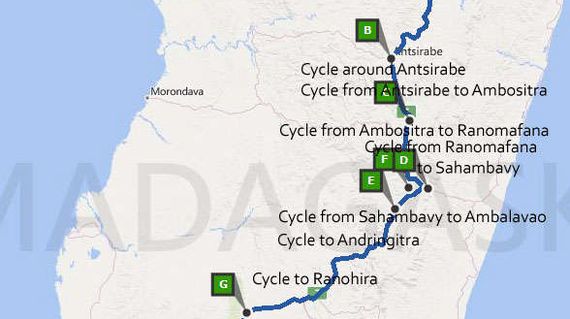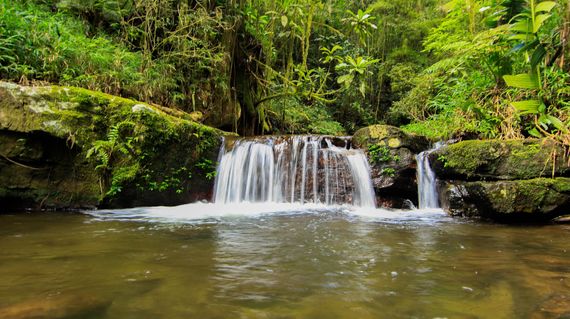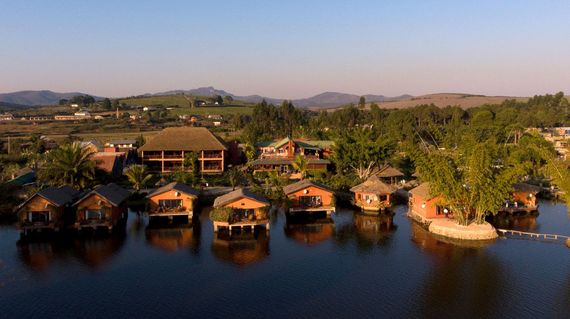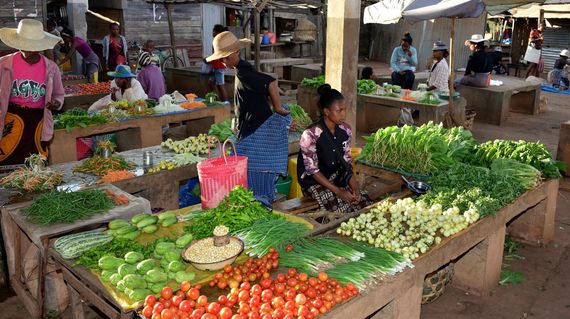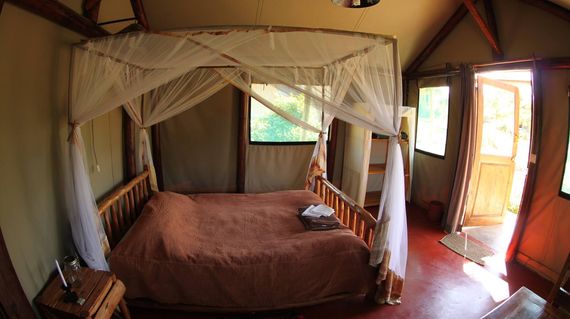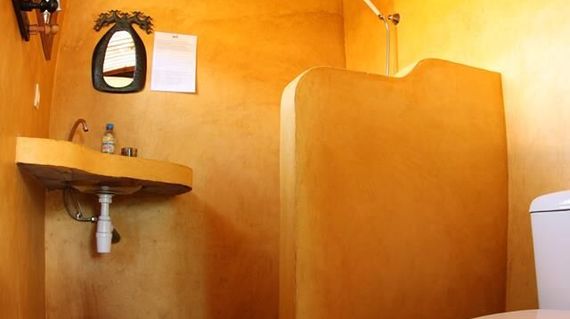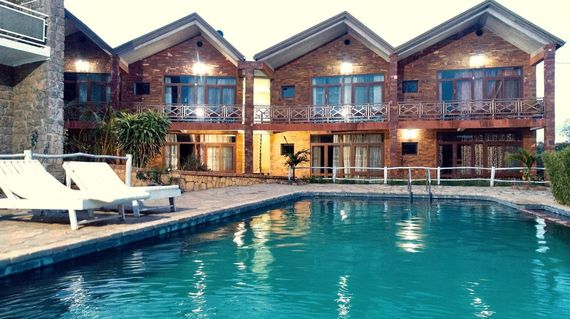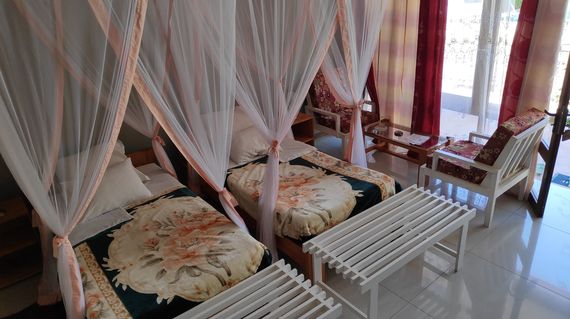We deal directly with each tour operator, which means we can guarantee you the best price. If within 24 hours of your booking you find the exact same tour elsewhere for a lower price, let us know and we'll refund you the difference!
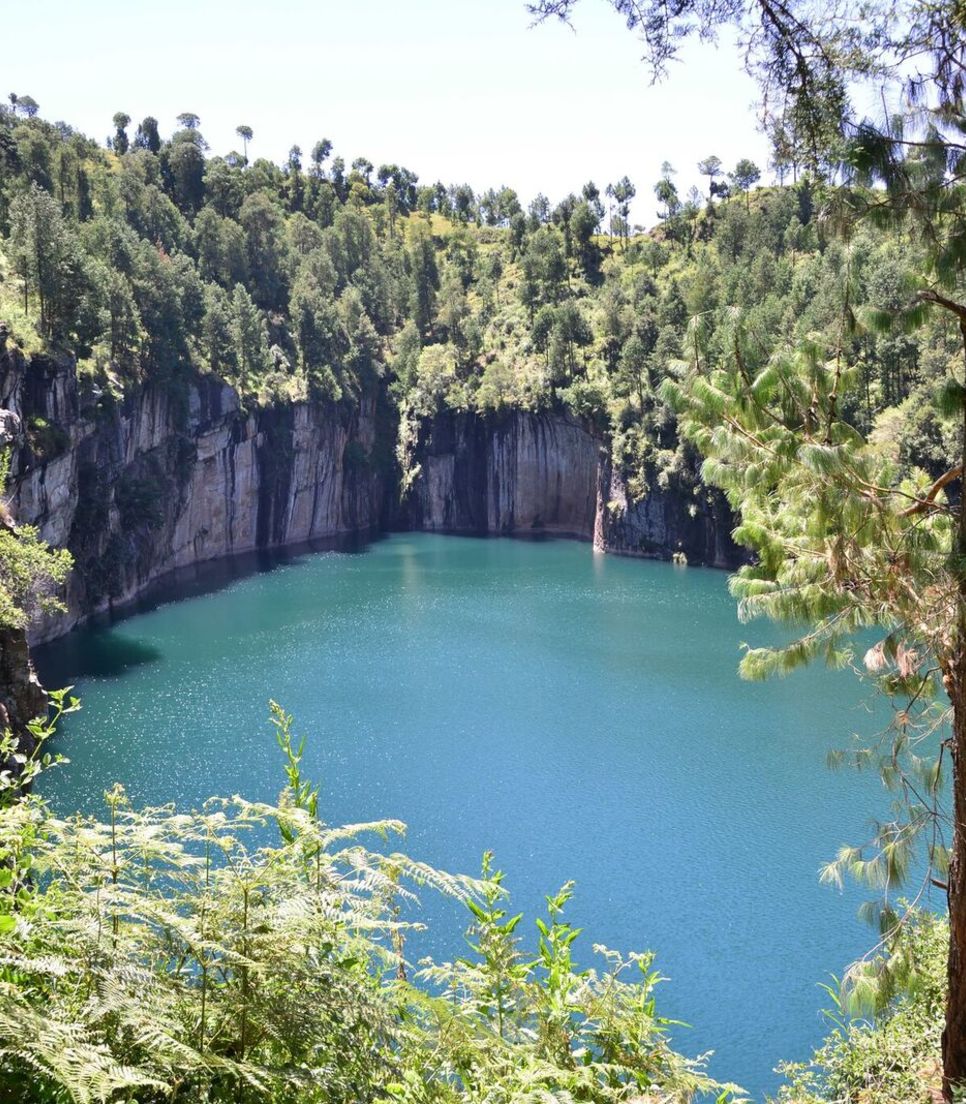
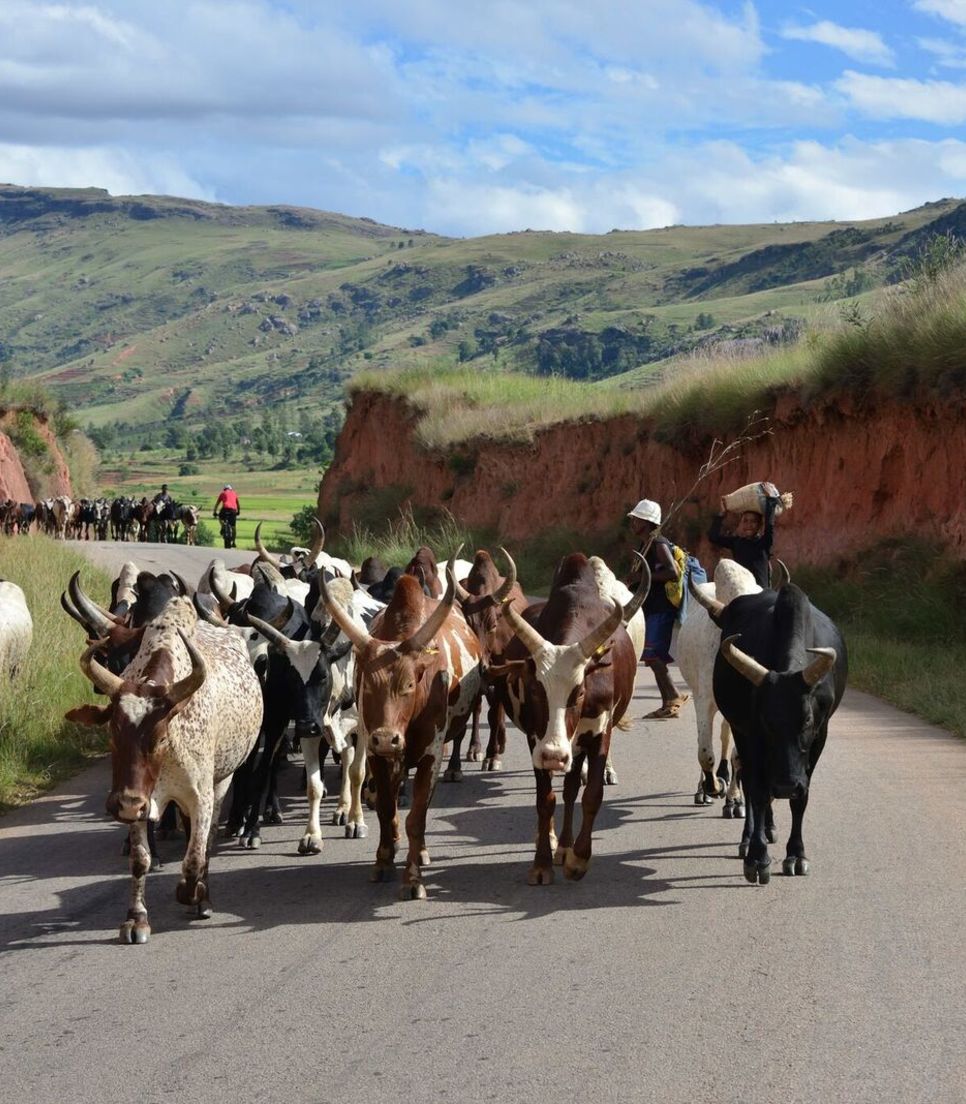
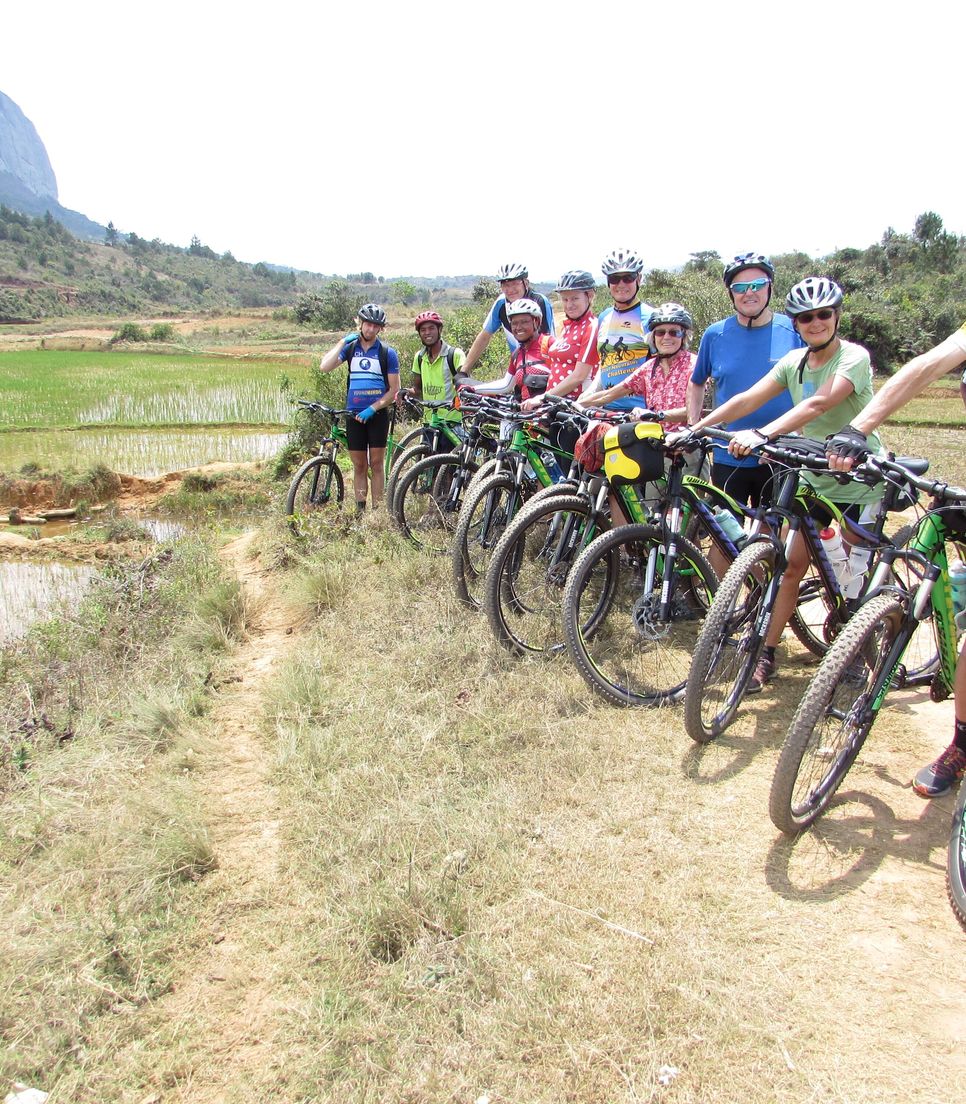
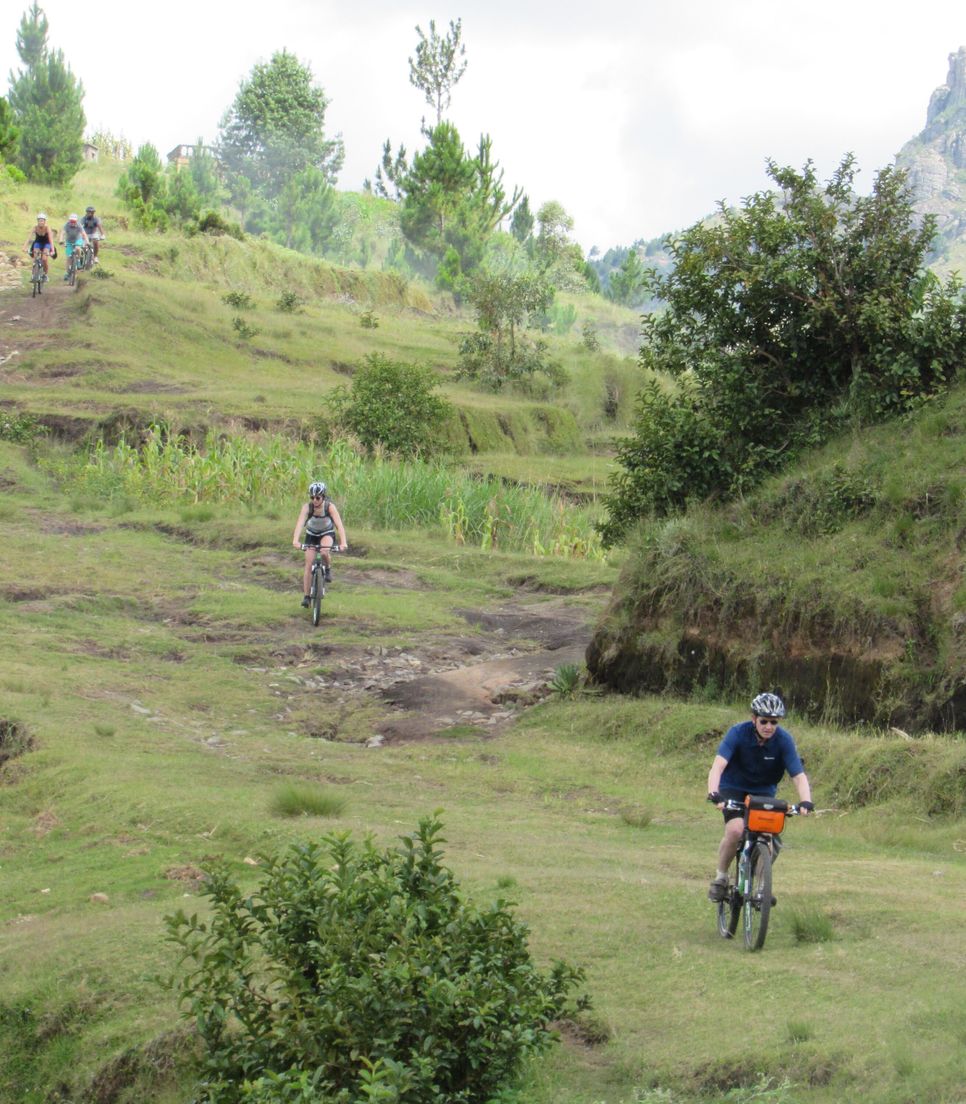
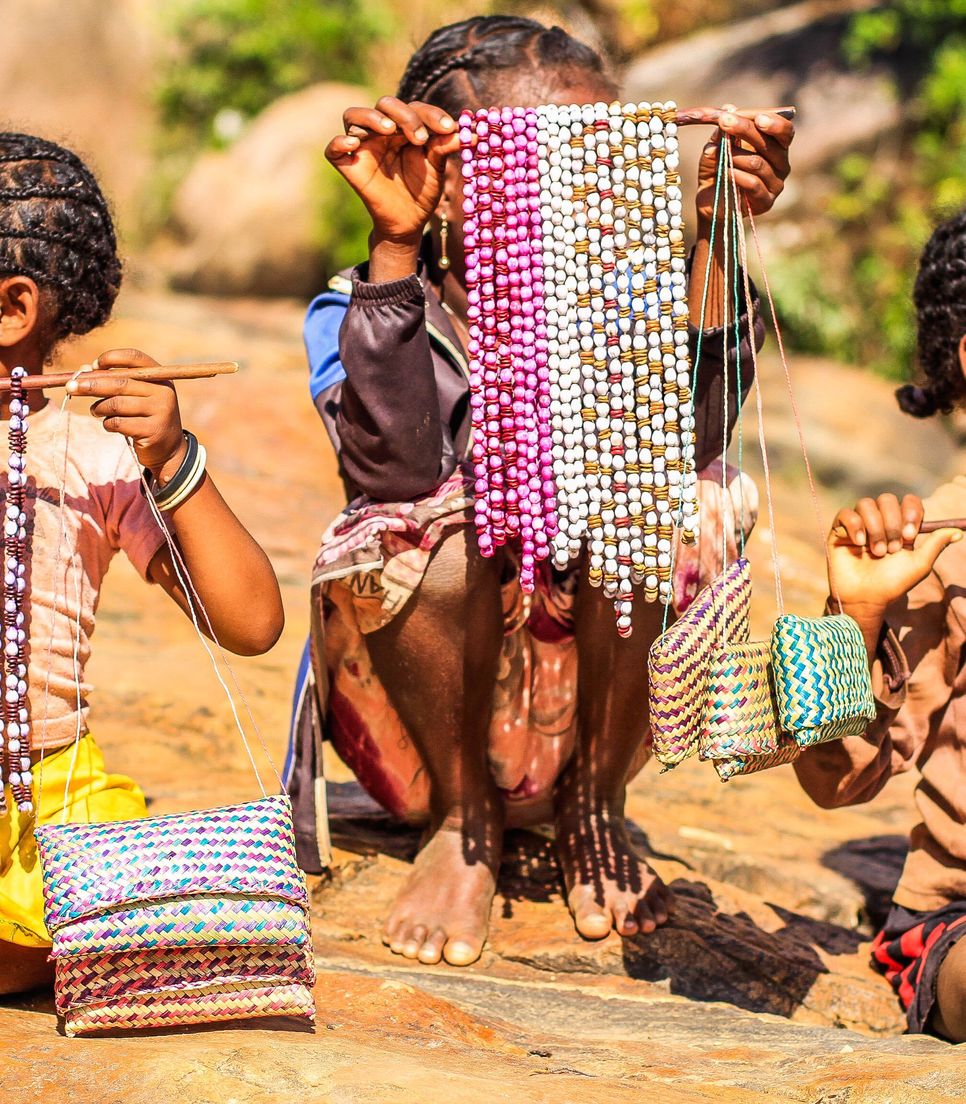
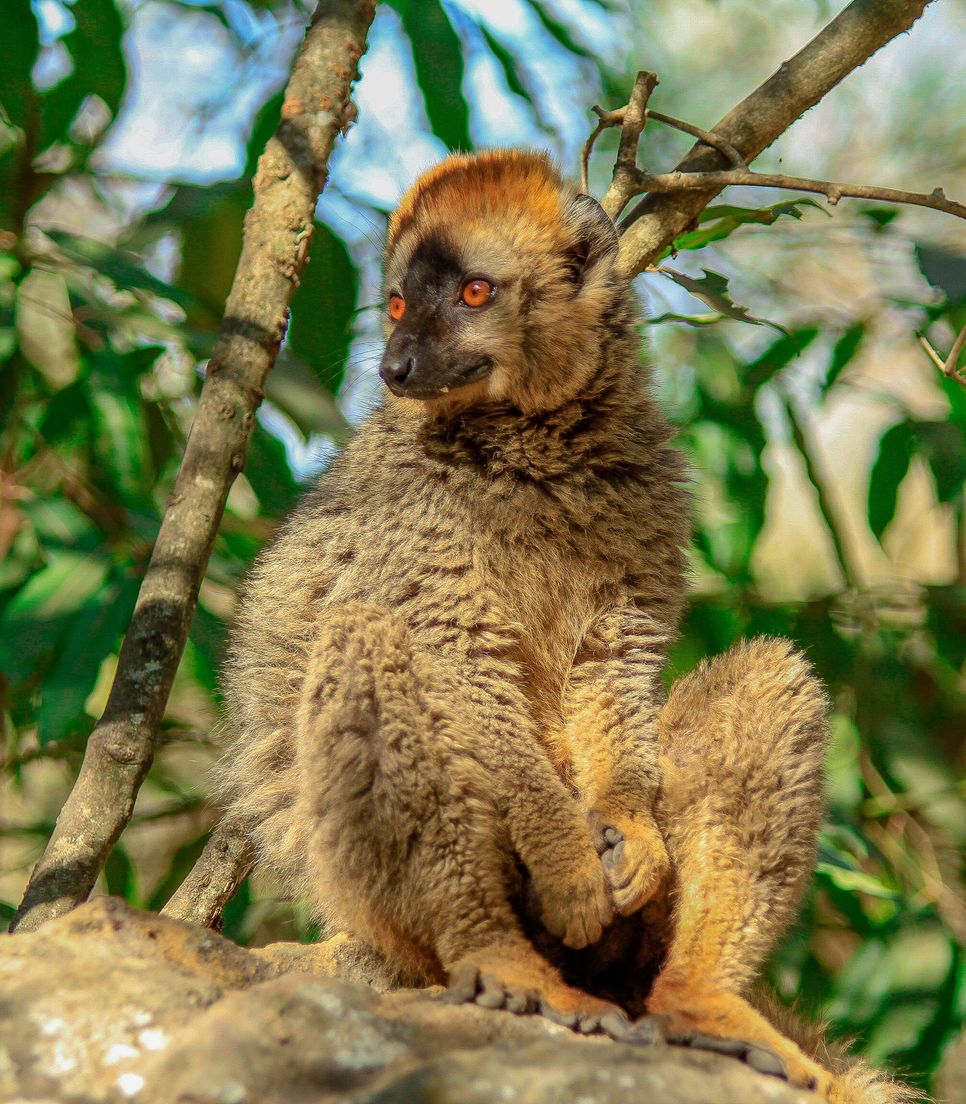


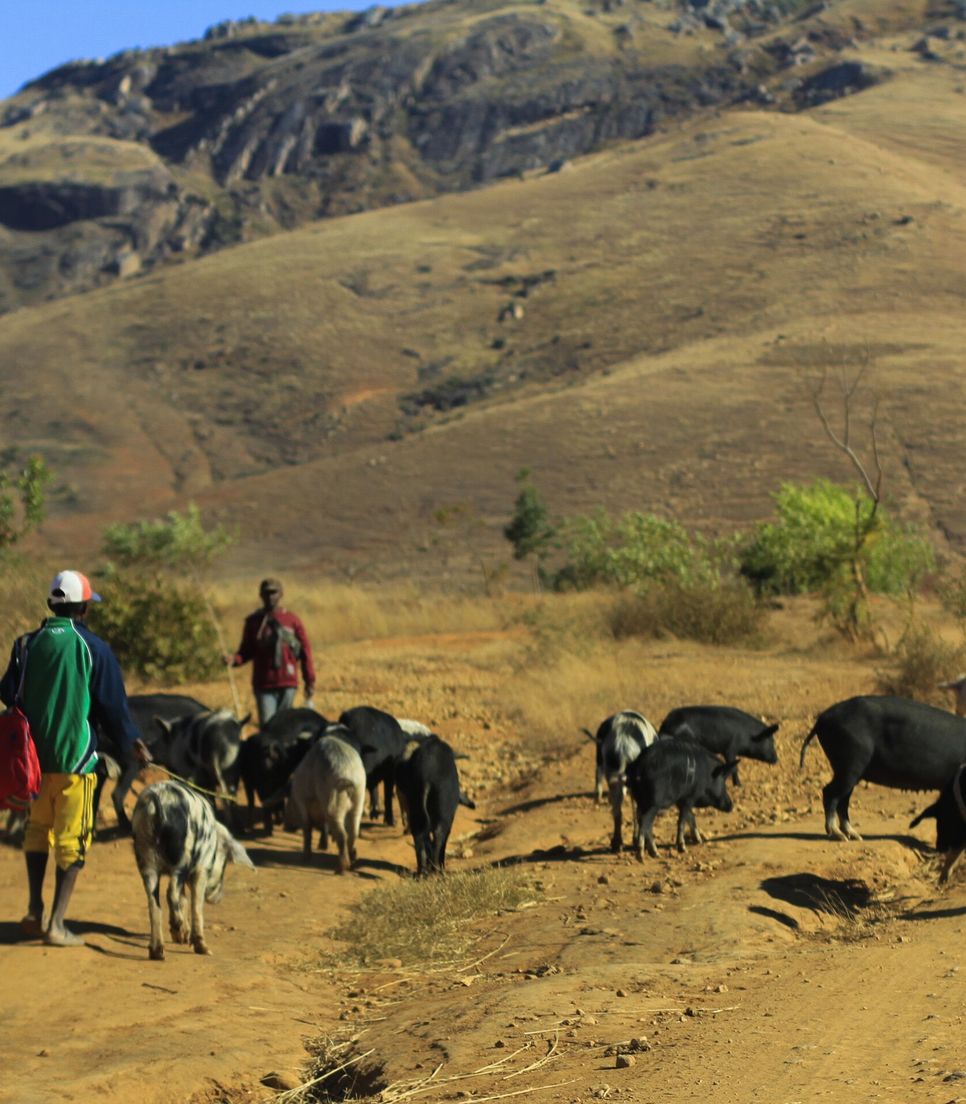
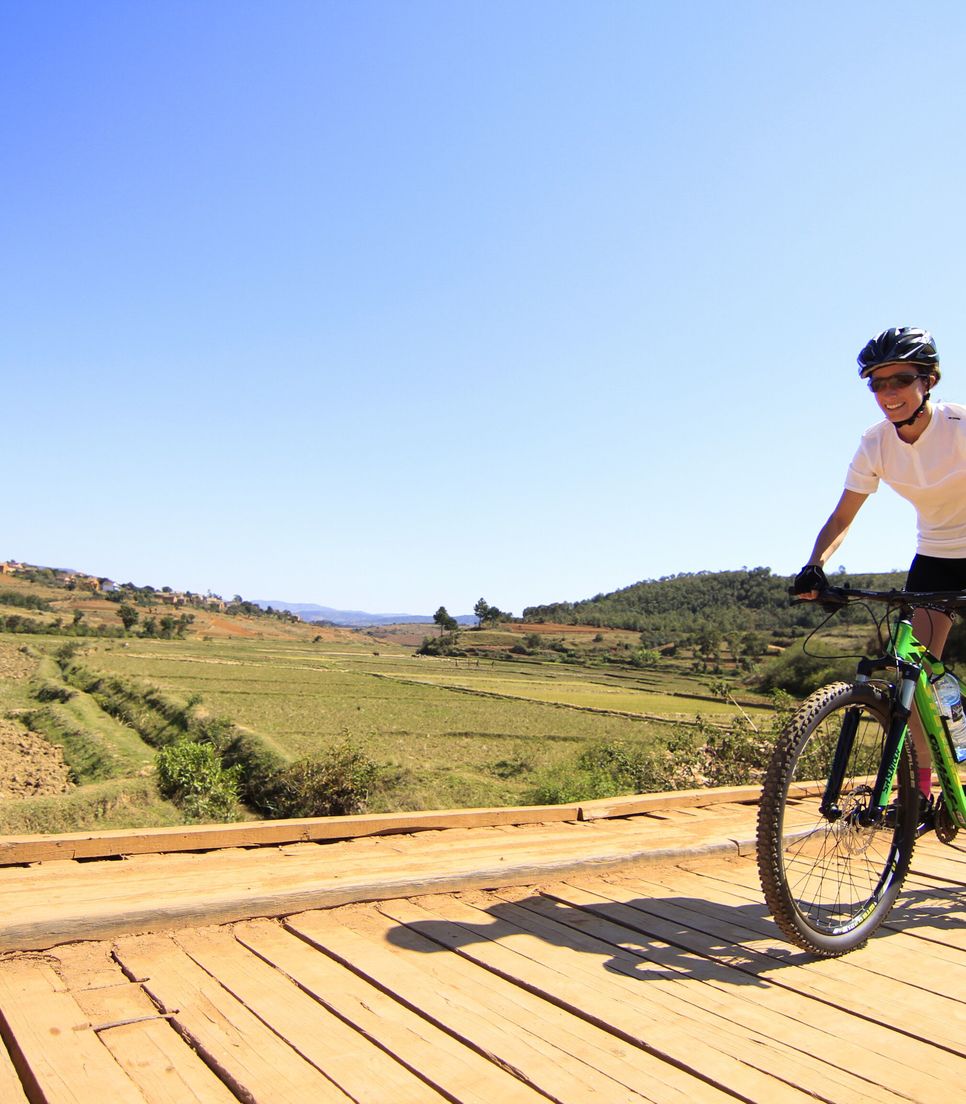
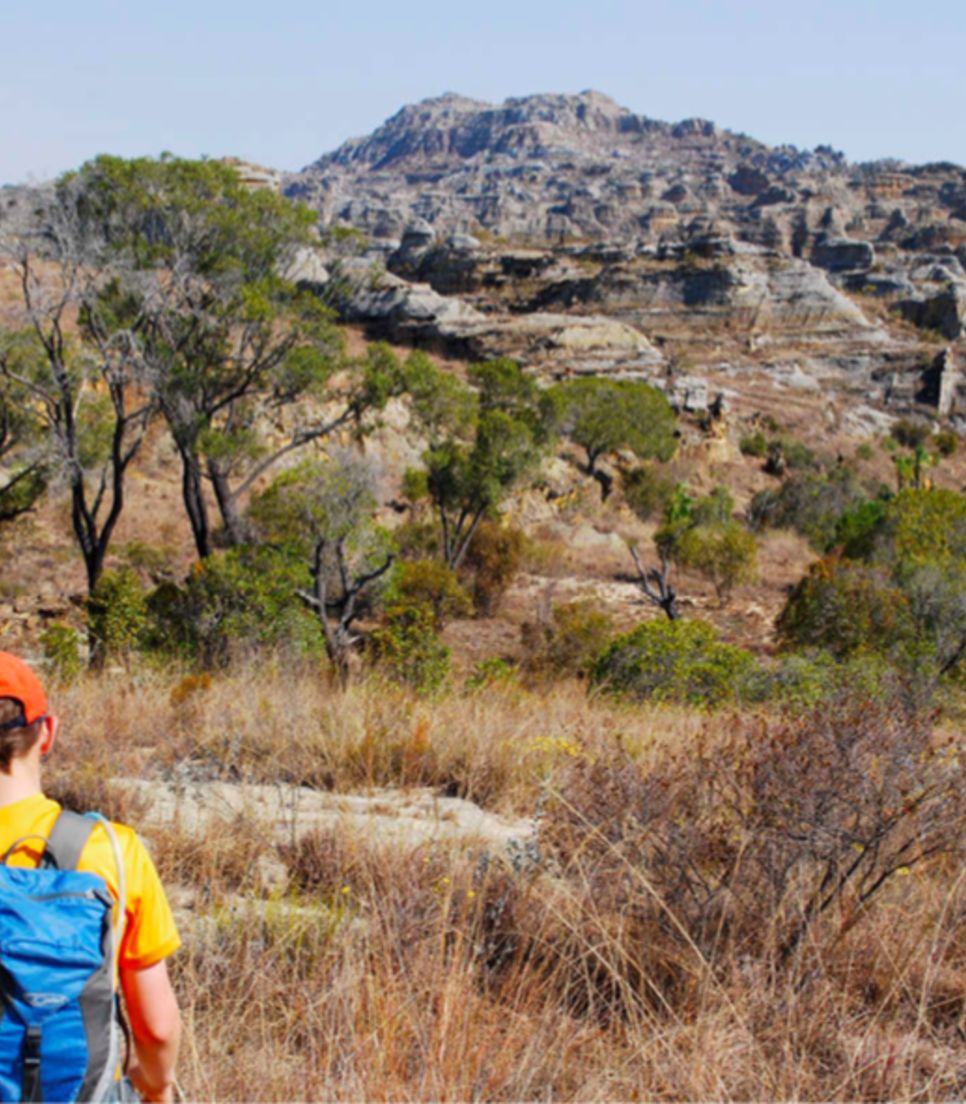
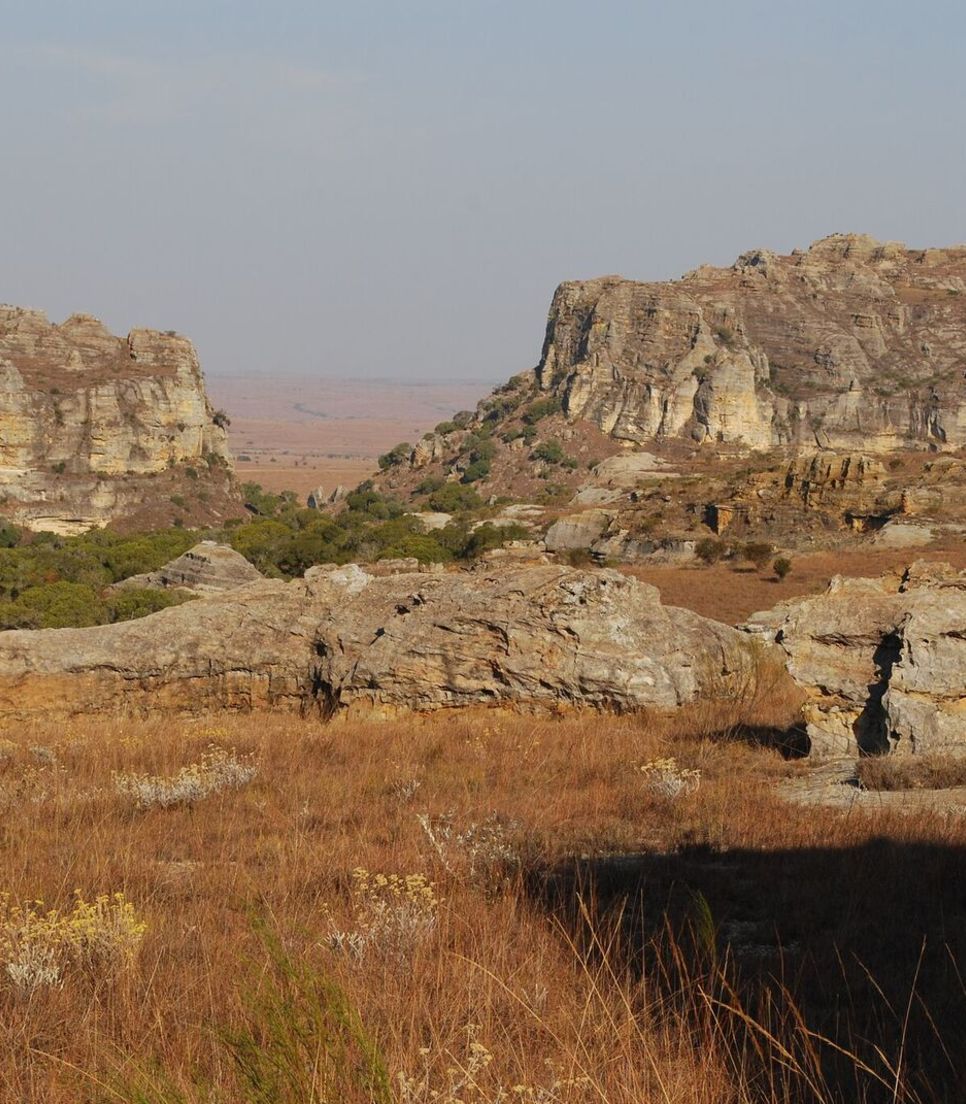
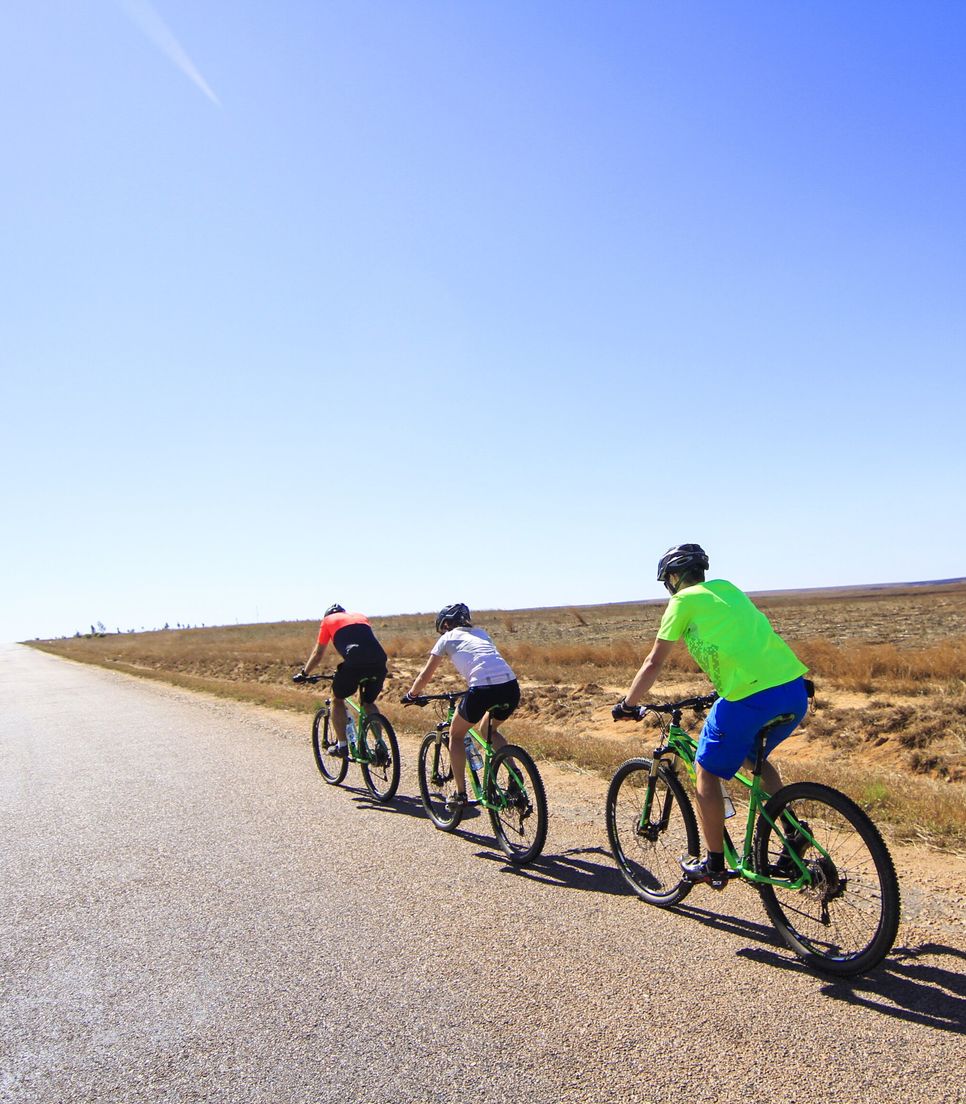
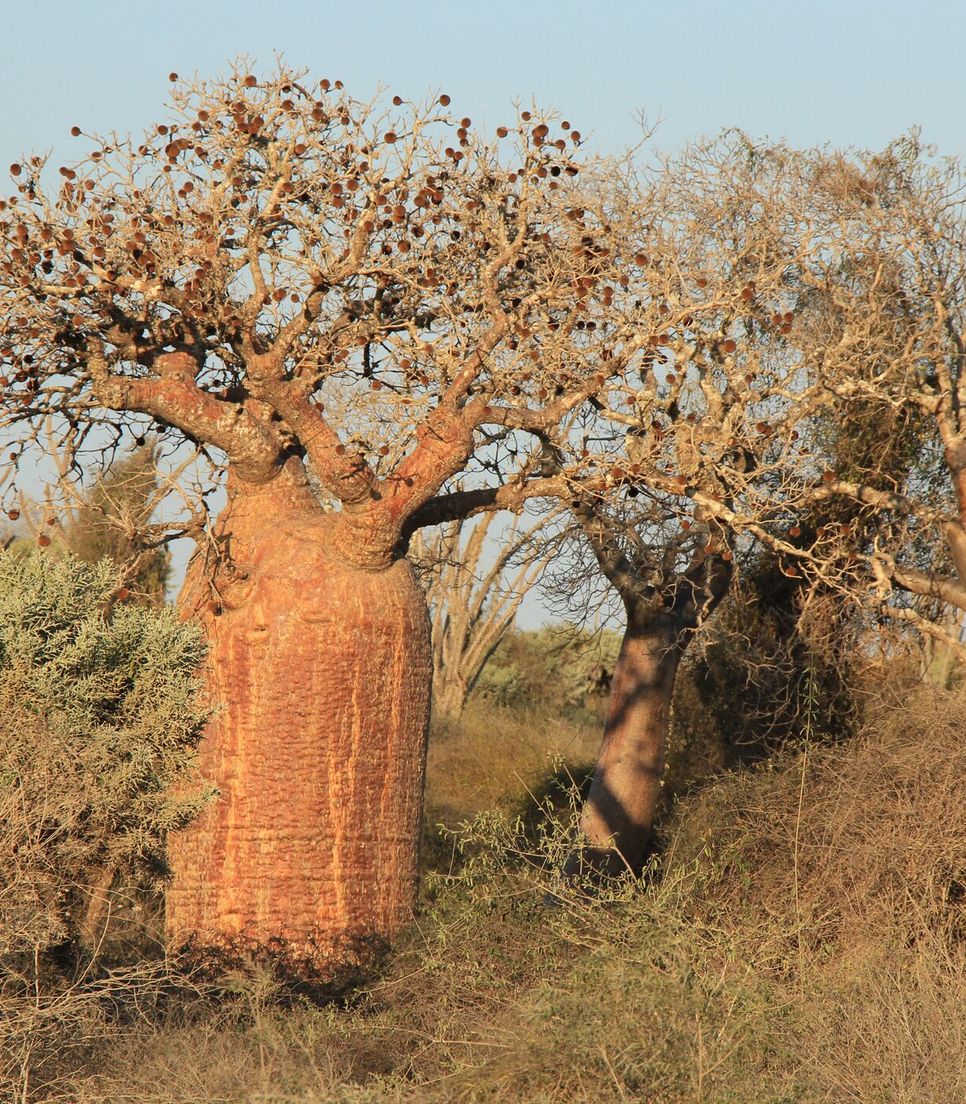
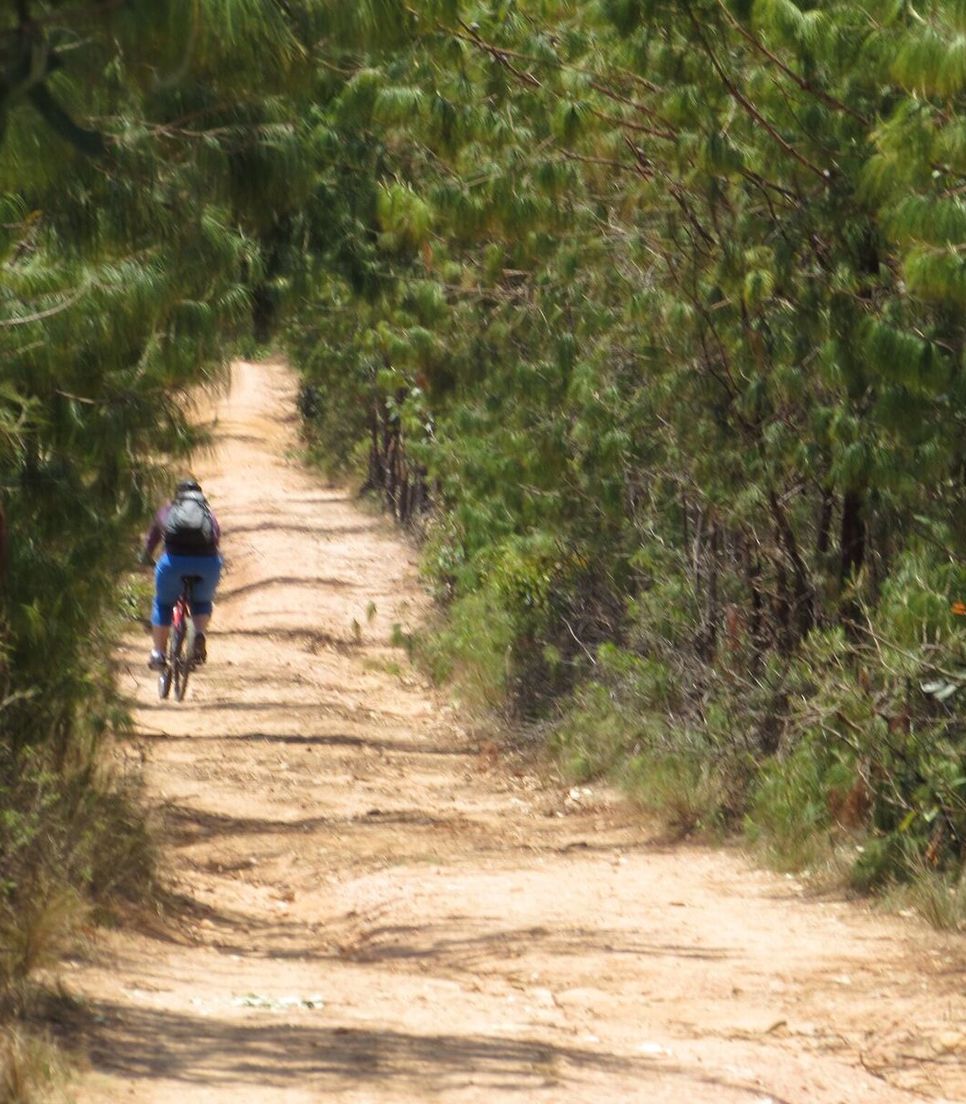
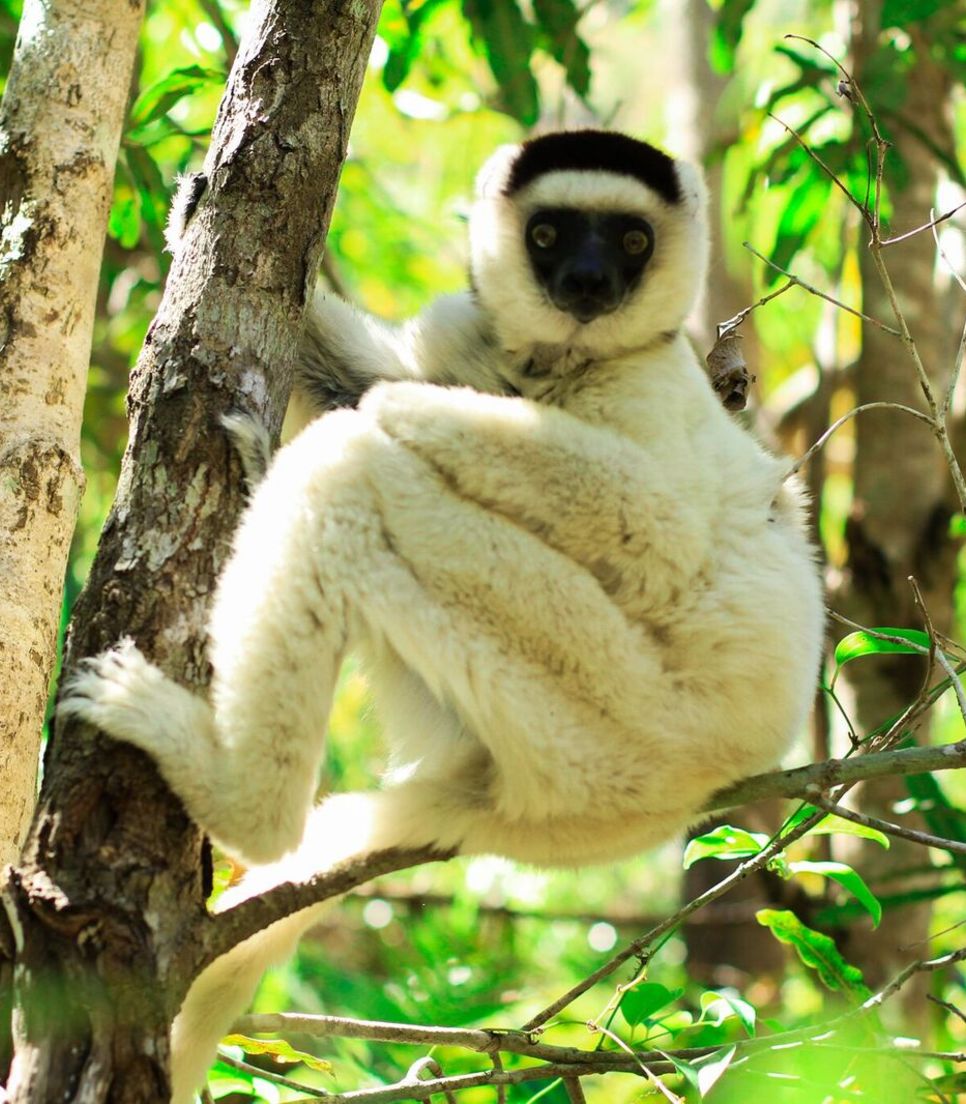

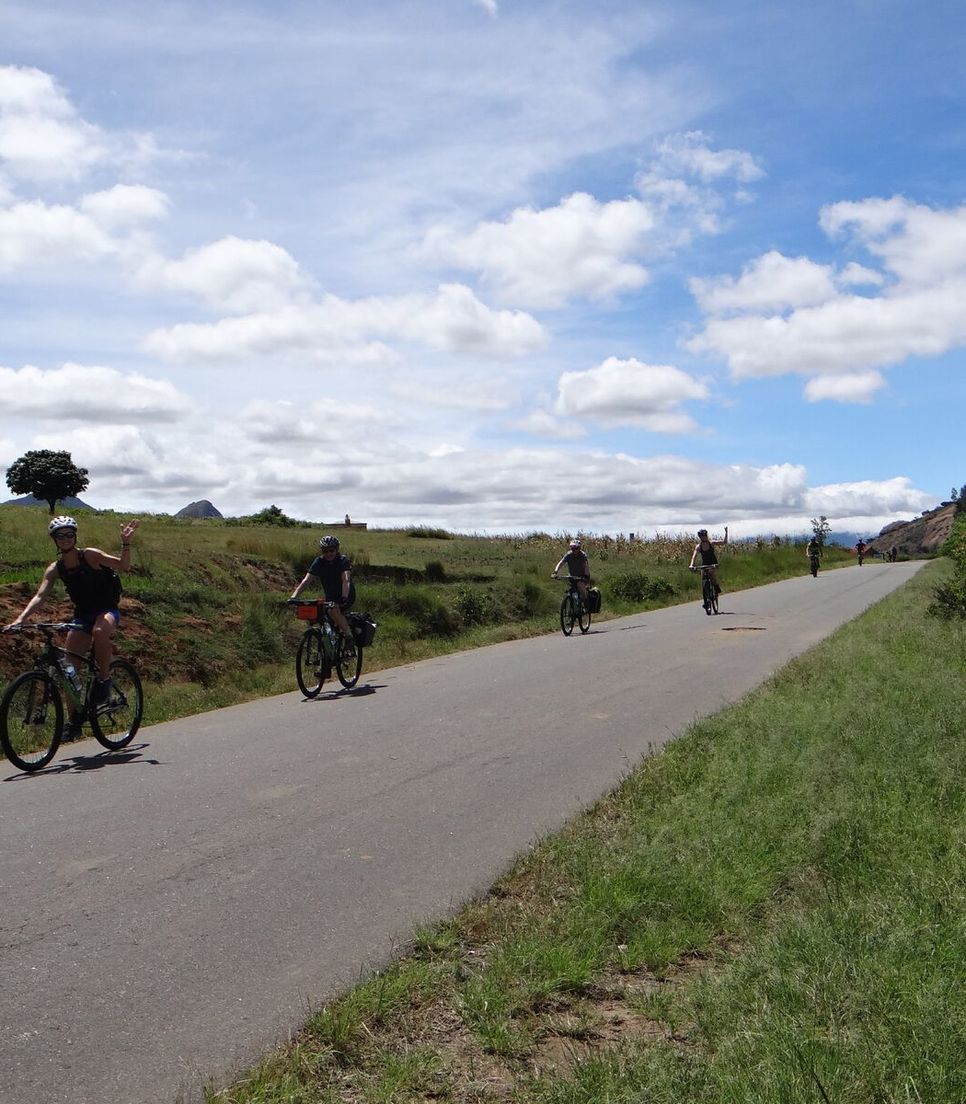
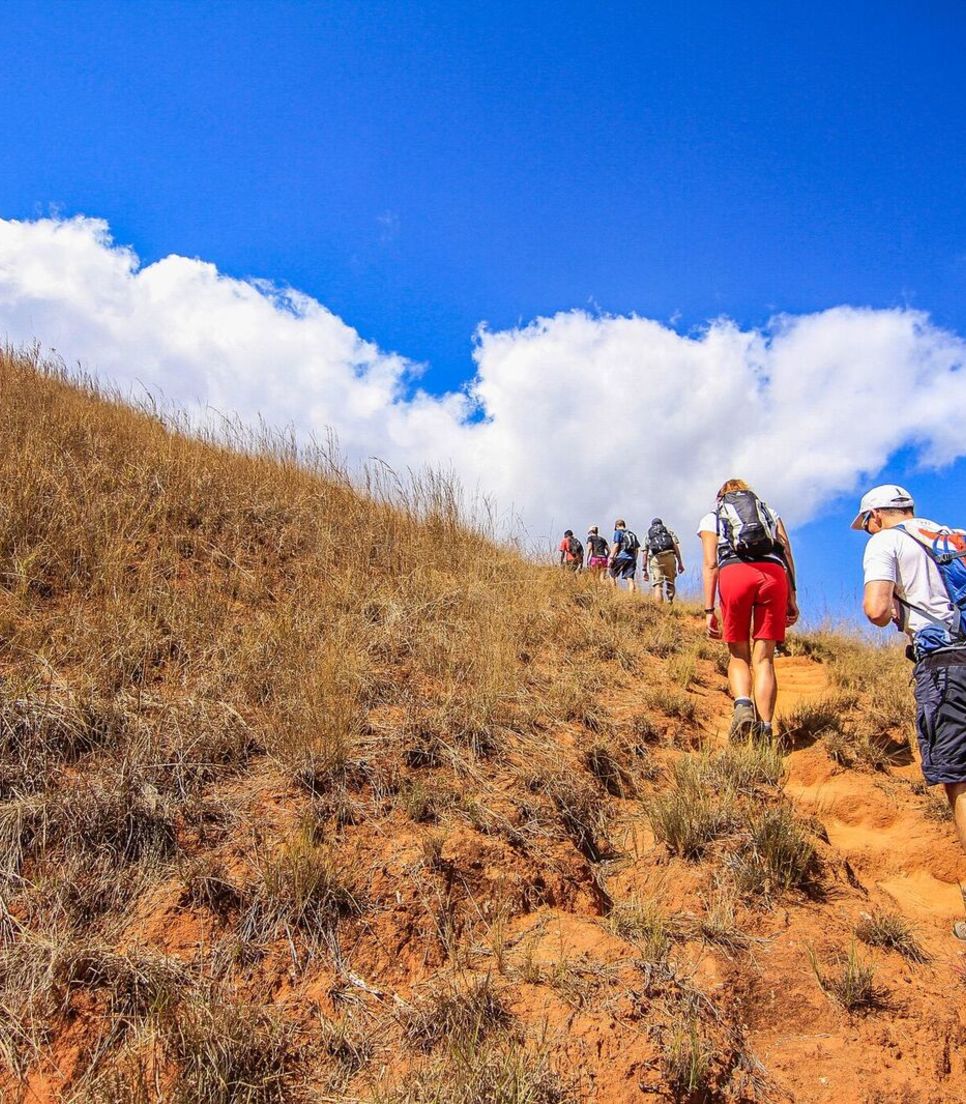
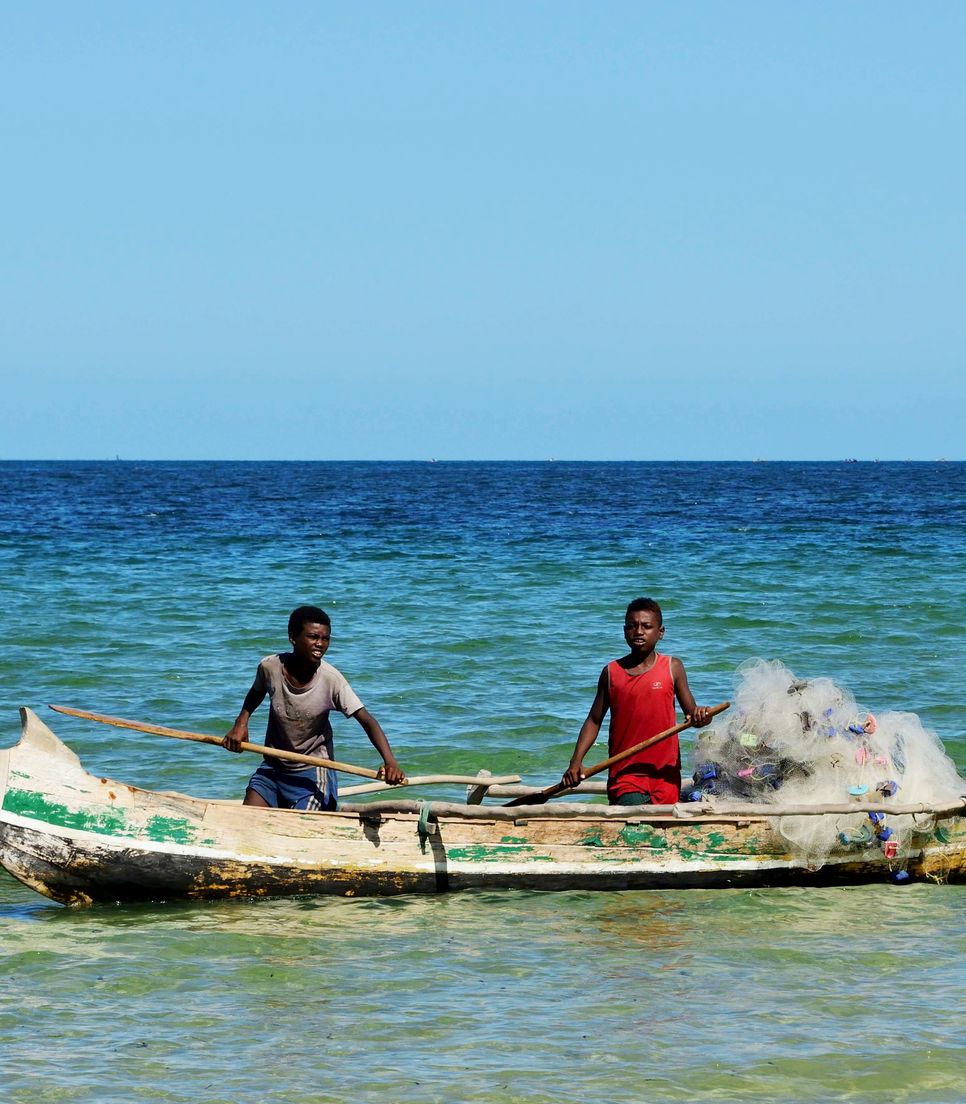
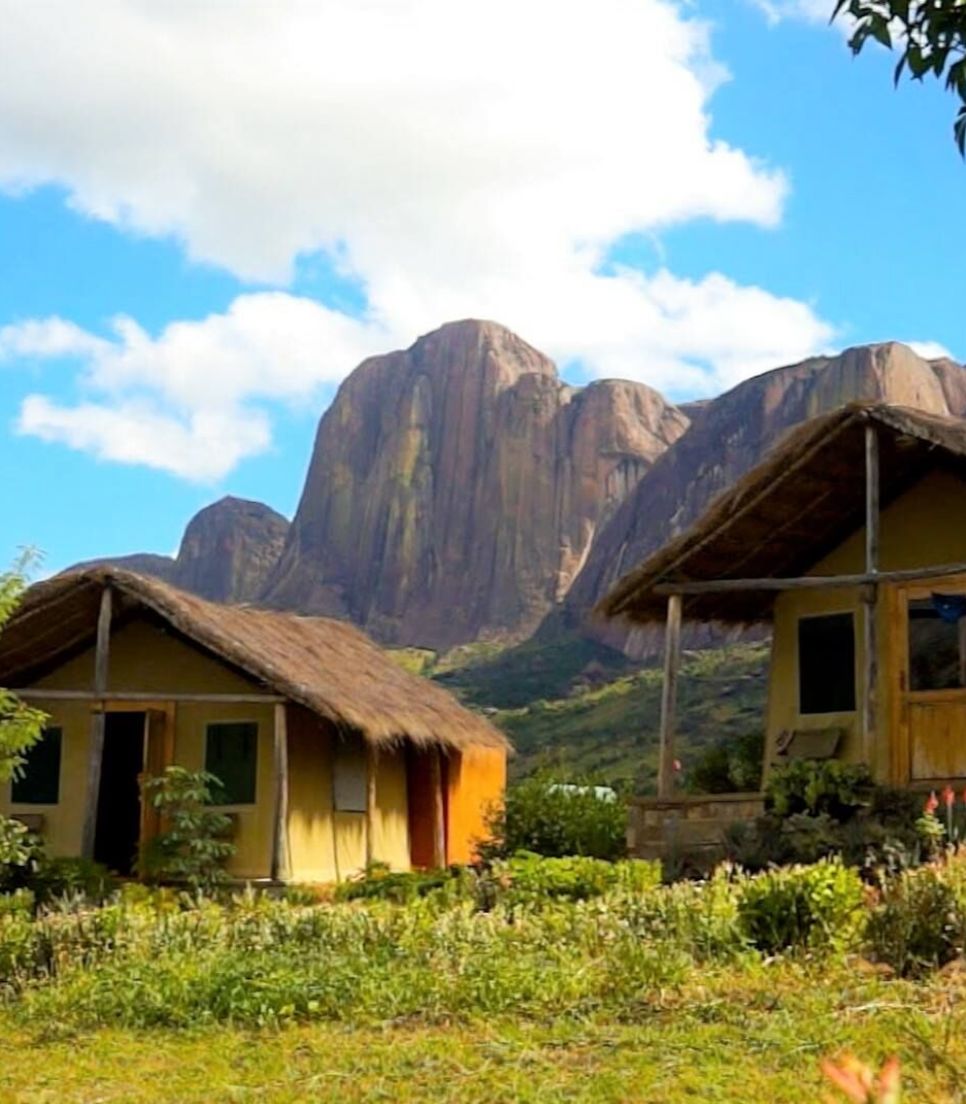
Cycle Madagascar from the Highlands to the Coast
Cycling from the Malagasy highlands to the coast is one unforgettable experience to discover the fourth biggest island in the world. From Antsirabe to Ifaty beach you will cover about 580 km (360 mi) of cycling. This trip gives cyclists a good chance to meet local people, learn about their culture and customs, explore fauna and flora and of course cycle through villages and different landscapes. This itinerary is a well-balanced tour, not only the accommodation and highlights but as well the mixing of tarmac road and off-road terrains. Experience this very special bike ride through Madagascar.
- CategoryCultural & Historical
- TypeFully Guided
- Duration16 days
- Culture LevelOut There
- Skill Level3 - Intermediate
- Activity Level3 - Active
- Elevation2 - Moderate
- TerrainMixed
- Distance348 miles
- Avg. Daily Distance43.5 miles
Itinerary Details
- Day 1Touching down in Antananarivo, 'town of thousands'
Today is your arrival day, and you’re free to arrive at any time. As soon as you land in Antananarivo, your tour manager will be there to welcome you and arrange your transfer to the hotel. The rest of the day is yours to explore or relax at your leisure.
Tana greets you with a charming jumble of colorful houses perched on the hillsides. Uneven roofs, weathered brick walls, and wooden stalls seem to lean into each other, creating a lively, almost precarious harmony. The city’s name, Antananarivo, traces back to King Andrianjaka, who established his palace and stronghold here, stationing a thousand warriors to protect it—hence the name, meaning “City of a Thousand.”- Accommodation in Antananarivo
- Day 2Antananarivo – Antsirabe (with bike fitting and bus transfer)
Before you set off for Antsirabe, you’ll first navigate through Antananarivo, where the journey time depends on city traffic—typically around seven hours. As you travel along the famous National Road 7, you’ll enter the fertile highlands, a landscape of terraced rice fields and abundant fruit and vegetable farms. Along the way, there will be stops to meet locals and observe daily rural life.
The surroundings of Antsirabe are well worth exploring. Here and in Betafo, vast agricultural lands produce much of the country’s fruits and vegetables, which are transported to Tana and sold nationwide. In the afternoon, you’ll get acquainted with your bike, taking a short ride to get comfortable with both the traffic and the terrain.- Accommodation in Antsirabe
- Breakfast, Lunch, and Dinner
- Day 3Antsirabe – Lake Andraikiba – Lake Tritriva – Betafo – Antsirabe
The Vakinankaratra region around Antsirabe is dotted with crater lakes, the most well-known being Andraikiba and Tritriva. As you cycle through this picturesque landscape, you’ll pass vibrant rice fields, lush fruit and vegetable farms, and herds of grazing cattle.
Your journey begins with a ride to Lac Andraikiba, once a lively center for water sports and recreation, now serving as a vital water source for Antsirabe. From there, you’ll continue along a well-maintained dirt road, weaving through villages before reaching Lac Tritriva. This volcanic lake holds a rich history and offers breathtaking views of the surrounding villages and the grain fields that supply Antsirabe’s brewery.
After lunch, the adventure continues with a challenging off-road section before merging back onto the main road. The final 17 km on smooth tarmac brings you back to Antsirabe by afternoon.- 29.8 miles
- Des Thermes, Antsirabe
- Breakfast, Lunch, and Dinner
- Day 4Antsirabe – Ambositra
After getting familiar with Malagasy traffic, you’ll journey through the fertile high valley toward Ambositra. As you ride along the rolling hills, you’ll frequently encounter Zebu cattle and their shepherds, with sweeping views of rice fields and pine forests stretching around you.
The landscape is lush and full of life—farmers tending their crops, women washing laundry by the riverbanks and laying it out to dry on sun-warmed rocks. This region is rich in agriculture, with rice, fruit, and vegetables flourishing in the fertile soil. Along the way, you’ll pass through traditional highland villages, where roadside stalls line the streets, selling everything from fresh produce to handmade goods, offering a glimpse into the daily rhythms of Malagasy life.- 59 miles
- Hotel in Ambositra
- Breakfast, Lunch, and Dinner
- Day 5Ambositra – Ranomafana
The town rises like a fortress from a lush, green valley, framed by rice fields and rolling peaks. Known for its intricate wood carvings, Raphia products, and handcrafted souvenirs, Ambositra is the heart of Zafimaniry woodcarving—a tradition recognised by UNESCO as a masterpiece of world heritage.
After visiting a local workshop, you’ll continue your journey. A winding road leads to Ialatsara, where you’ll stop for lunch before switching to bikes. From here, a scenic trail winds beneath towering granite mountains toward Ambohimahasoa. Two challenging climbs on asphalt test your endurance before the route shifts to a dirt road, passing through villages and eucalyptus forests. As you near Ranomafana National Park, the landscape transforms, revealing stretches of pristine primary forest. The final kilometers are a thrilling descent on smooth asphalt, bringing you to the day’s end.*a bus transfer is included which could approximately take 4 hours
- 35.4 miles
- Cristo, Ranomafana
- Breakfast, Lunch, and Dinner
- Day 6Hike in Ranomafana National Park
Ranomafana is one of Madagascar’s most breathtaking national parks, sprawling across mountainous terrain blanketed in dense, misty rainforest. This is where the endangered golden bamboo lemur was first discovered—a find that helped secure the park’s protected status.
To catch a glimpse of these rare creatures, you’ll start early, as the morning is the best time to witness the park’s vibrant wildlife. Ranomafana is home to a remarkable variety of lemurs, including the striking diademed sifaka, as well as geckos, chameleons, frogs, and a wealth of endemic bird species. The lush forest is dotted with orchids, towering tree ferns, and giant bamboo, creating a truly immersive experience in Madagascar’s unique biodiversity.
After your wildlife adventure, you’ll return to the village, where you’ll have the chance to unwind with a relaxing soak in the natural hot springs.- Cristo, Ranomafana
- Breakfast, Lunch, and Dinner
- Day 7Ranomafana –Sahambavy
You’ll start the day with a bus ride to Vohiparara, where your cycling adventure begins. The route starts with a steady uphill climb on asphalt, winding through the lush rainforest. The first stretch includes a steep ascent before reaching the small town of Anjamba. Along the way, you’ll pass families selling river sand by the roadside and skilled artisans weaving baskets.
From here, the journey continues along scenic field and forest paths toward Sahambavy. At this point, the support vehicle can no longer follow, as the aging bridges ahead can only be crossed by bike or on foot. Sahambavy is Madagascar’s tea capital and home to the island’s only tea plantation.
The name Sahambavy, meaning “garden of women,” reflects the rolling green hills and valleys that stretch across the landscape, swaying gently in the breeze. Here, you’ll visit the tea factory to learn about the harvesting and production process, followed by a tea tasting to experience the region’s rich flavours. From there, it’s just a short ride to your hotel for the night.- 26.1 miles
- Lac Hotel, Sahambavy
- Breakfast, Lunch, and Dinner
- Day 8Sahambavy – Fianarantsoa - Ambalavao
You’ll cycle to Fianarantsoa, once the spiritual heart of Madagascar. As the country’s third-largest city and the capital of the Haute Matsiatra region, it was established in the early 19th century as an administrative hub. Bustling with activity, the city offers a glimpse into Madagascar’s vibrant urban life.
From here, the ride continues mostly downhill toward Ambalavao, passing through breathtaking landscapes with sweeping valley views. Just before reaching your destination, one final climb awaits—your last challenge before arriving in this picturesque town.- 47.8 miles
- Accommodation in Ambalavao
- Breakfast, Lunch, and Dinner
- Day 9Ambalavao –Anja Villagers Park –Tsaranoro
After breakfast, you’ll visit a traditional Antaimoro paper workshop. This unique copper-colored paper, known for its fine, silky yet textured feel, has deep historical roots.
Next, you’ll explore the stunning landscapes of Anja Park, a community-managed reserve that showcases sustainable tourism. At the park entrance, an information center provides insight into the conservation project. Inside, you’ll have the chance to observe numerous ring-tailed lemurs (Katta), known for their playful nature, as you take a short guided walk through the reserve.
Heading south from Ambalavao, the scenery shifts dramatically. Lush rice fields and greenery give way to vast savannahs and open steppes. As you cross from the highlands into the southern region, the landscape transforms into a striking mix of towering granite formations, red earth, and charming villages.
Your day ends at Camp Catta, where you’ll stay in either a tent or a bungalow, depending on availability.- 36 miles
- Tsara Camp, Tsaranoro
- Breakfast, Lunch, and Dinner
- Day 10Hike into Chameleon
Today, you’ll embark on a hike to the summit of "Chameleon Mountain", named for its distinctive rock formation that resembles a chameleon.
The trail winds through villages, rice fields, and rolling hills before reaching a forested area filled with gnarled trees—where you might spot lemurs along the way. As you ascend, you’ll navigate a striking volcanic landscape, with steep, rugged granite cliffs that formed through sudden geological activity.
The Andringitra mountain range stretches 100 km, with elevations ranging from 650 to 2,600 meters. At the summit, you’ll be rewarded with breathtaking panoramic views of the Tsaranoro Valley—a perfect vantage point to take in the stunning scenery.- Tsara Camp, Tsaranoro
- Breakfast, Lunch, and Dinner
- Day 11Tsaranoro–Ranohira
You’ll start the day by cycling back to the asphalt road before continuing by car to Ankaramena, a region known for its abundant mango and papaya trees. Passing the distinctive "Bishop’s Hat" rock formation, you’ll journey through the quiet town of Ihosy and onto the vast "Horombe Plateau", home to the Bara ethnic group.
As the landscape shifts from fertile lands to dry, steppe-like terrain, you’ll get a deeper sense of its vastness by cycling the final 70 km to your hotel along a well-paved road. Despite the arid conditions, this region is one of Madagascar’s most diverse, featuring expansive grasslands, striking rock formations, and, further south, a breathtaking coastline.- 55.9 miles
- Hotel Orchidée de l'Isalo, Ranohira
- Breakfast, Lunch, and Dinner
- Day 12Hiking in the Isalo National Park
Isalo National Park is a stunning landscape of caves, deep gorges, flowing streams, and hidden oases, shaped over thousands of years by erosion into striking rock formations. The park spans the entire "Isalo Massif", a rugged sandstone mountain that serves as the region’s water reservoir.
Today’s adventure takes you on a hike through this breathtaking terrain. As you explore, keep an eye out for Ring-tailed Lemurs, vibrant birds, and unique insects. You may spot Benson’s Rock Thrush, Vasa Parrots, or the elusive Madagascar Cuckoo. Midway through the hike, a refreshing swim in a secluded natural pool offers the perfect break before continuing to take in the park’s spectacular vistas.- Hotel Orchidée de l'Isalo, Ranohira
- Breakfast, Lunch, and Dinner
- Day 13Ranohira–Toliara
You take the bus toward Toliara (Tuléar), the endpoint of National Road 7. Along the way, you’ll pass scattered baobab trees, standing like ancient sentinels in the landscape, and drive by the elaborate tombs of the Mahafaly and Antandroy peoples. A few kilometers before reaching the city, a scenic vantage point offers a breathtaking view of the region.
Toliara is the homeland of the Vezo people, who make their living from the sea. Often called "the white city," it is known for its brilliant sky, which sometimes shimmers like a rainbow. The city is full of energy, with lively bars, restaurants, and a vibrant nightlife that never seems to slow down.
After lunch, you cycle to the fishing villages of Ifaty and Madiorano, where the warm waters of the Indian Ocean invite you for a swim. As the day winds down, it's time to celebrate the journey’s end. In the evening, you gather to reflect on the adventure, and your tour manager bids you a fond farewell.
Bus Transfer: 2approx 7 hours- 23 miles
- Belle Vue, Toliara-Ifaty
- Breakfast, Lunch, and Dinner
- Day 14Swimming and relaxing
Relaxation begins today and there is no itinerary to follow. The coastal towns north of Toliara are a perfect spot for exploration with their beautiful beaches. The places are located on the largest lagoon in the country and protected by a coral reef. With water temperatures around 25°C (77°F), it’d be great for a refreshing swim.
- Ifaty Beach Club, Ifaty
- Breakfast
- Day 15Swimming and relaxing continued!
More fun and relaxation ensues! You can opt to swim again or snorkel in the warm Indian ocean today. But if you'd like to try something else, Madagascar's barren thorn forests and typical succulents (Didieraceae and Pachypodia) is one of the most scenic areas of the country despite its dryness.
- Ifaty Beach Club, Ifaty
- Breakfast
- Day 16Departure
Fly home today or extend your adventure. A transfer to Toliara Airport is provided for those with onward flights.
- Breakfast
